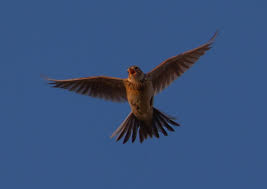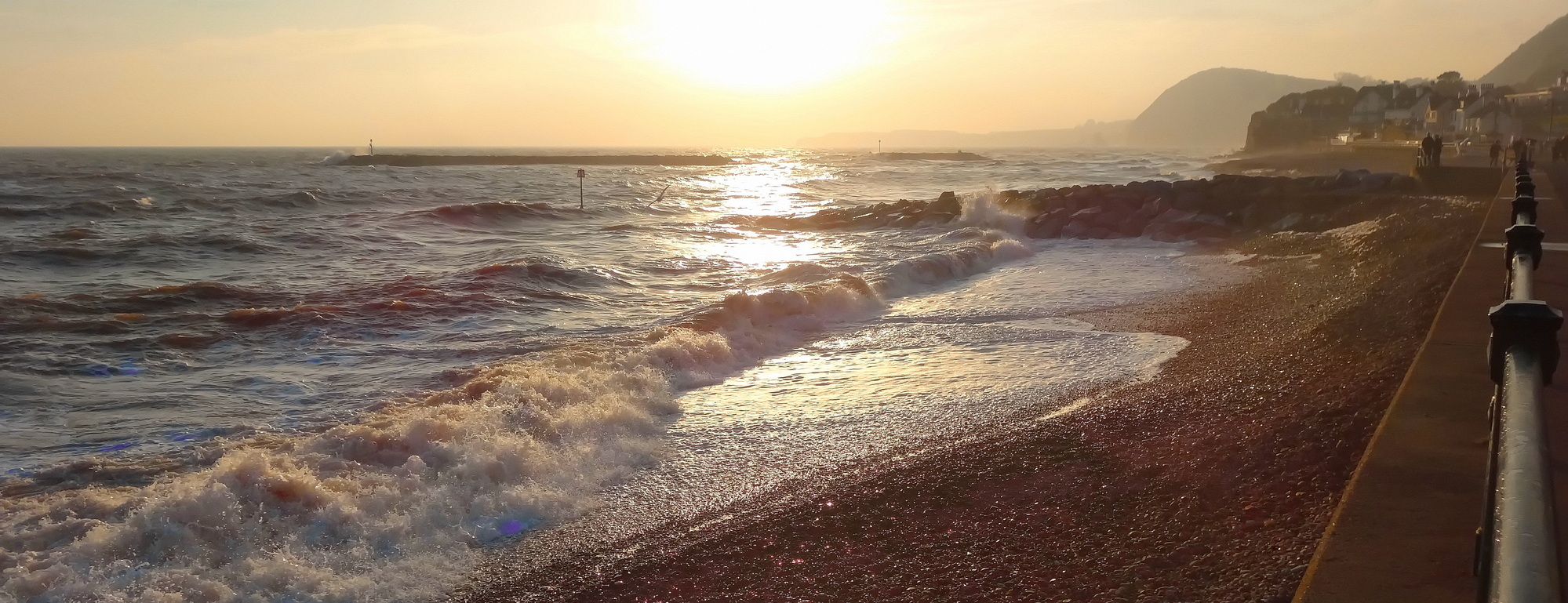What’s the most popular piece of classical music?
The UK’s favourite pieces of classical music revealed in the Classic FM Hall of… – Classic FM
Again?!
Classic FM Hall of Fame 2021: The Lark Ascending tops classical music countdown… – Classic FM

BBC Radio 3 takes us on a journey with a whole lot of fabulous interplay between art and music, culture and nature – and videos and interviews here:
A new electronic (re)work by Hinako Omori highlights the environmental crisis faced by one of the UK’s most beloved birds. Naturalist Lucy Lapwing meets the composer to find out how – and why – she incorporated real birdsong into a familiar piece of classical music, in a special edition of Between The Ears on BBC Radio 3.
BBC Radio 3 – Between the Ears – The Lark Descending
And the programme’s here:
Along the way, Lucy meets concert violinist Jennifer Pike at Vaughan Williams’s childhood home, producer and nature beatboxer Jason Singh, and writer and conservationist Laurence Rose.
BBC Radio 3 – Between the Ears, The Lark Descending
Jason Singh is very cross-disciplinary – with more videos:
The patterns of sound that we are surrounded by in our everyday life have become the source of Jason’s inspiration. From birdsong to crashing waves, Jason listens to beats, rhythms and melodies in the natural environment, which he then trains his voice to mimic in the form of beatboxing. Using just his voice, he is able to create soundscapes that echo the natural world.
The nature beatboxer who makes music from plants – BBC Bitesize
And conservationist Laurence Rose has a very cross-disciplinary book out:
This is a book about the complexity and vulnerability of nature, and the unexpected connections between people and wildlife. While his writing builds on decades of experience as a leading conservationist, this is literary non-fiction at its finest and Laurence’s passion shines from every page.
Taking the form of a series of essays, part one of Framing Nature depicts our relationship with nine individual species, including the nightingale, the otter and the badger, celebrating their heritage and telling their fascinating stories from past to present.
Part two of Framing Nature presents alternative ways of thinking about the protection of wildlife and touches on the impact of current factors at play, including government policy, HS2, Brexit and Covid.
Framing Nature: Conservation & Culture by Laurence Rose – Gritstone Publishing Cooperative
Music and species-protection legislation, singing and insecticides – Rose’s material is heterogeneous and inevitably, for most of his book, they are kept separate. There are stories of tangles of people and other animals – and they are always good to read (one section exports the domestic themes to India and tigers and leopards) – but there is more strongly a sense, alas, of the draining away of wildlife in Britain and the correspondingly diminished cultural place it occupies. Framing Nature doesn’t say as much about culture now as it says about present day conservation. I don’t think this is entirely the fault of its author. Rather, it is his commitment to telling how things are. Where are the poems about nightingales in England today? They are no more because the nightingale in England is all but no more.
Framing Nature: Conservation and Culture | Caught by the River | Caught by the River
picture: Skylark Song Bird Songbird Sky – Free photo on Pixabay
